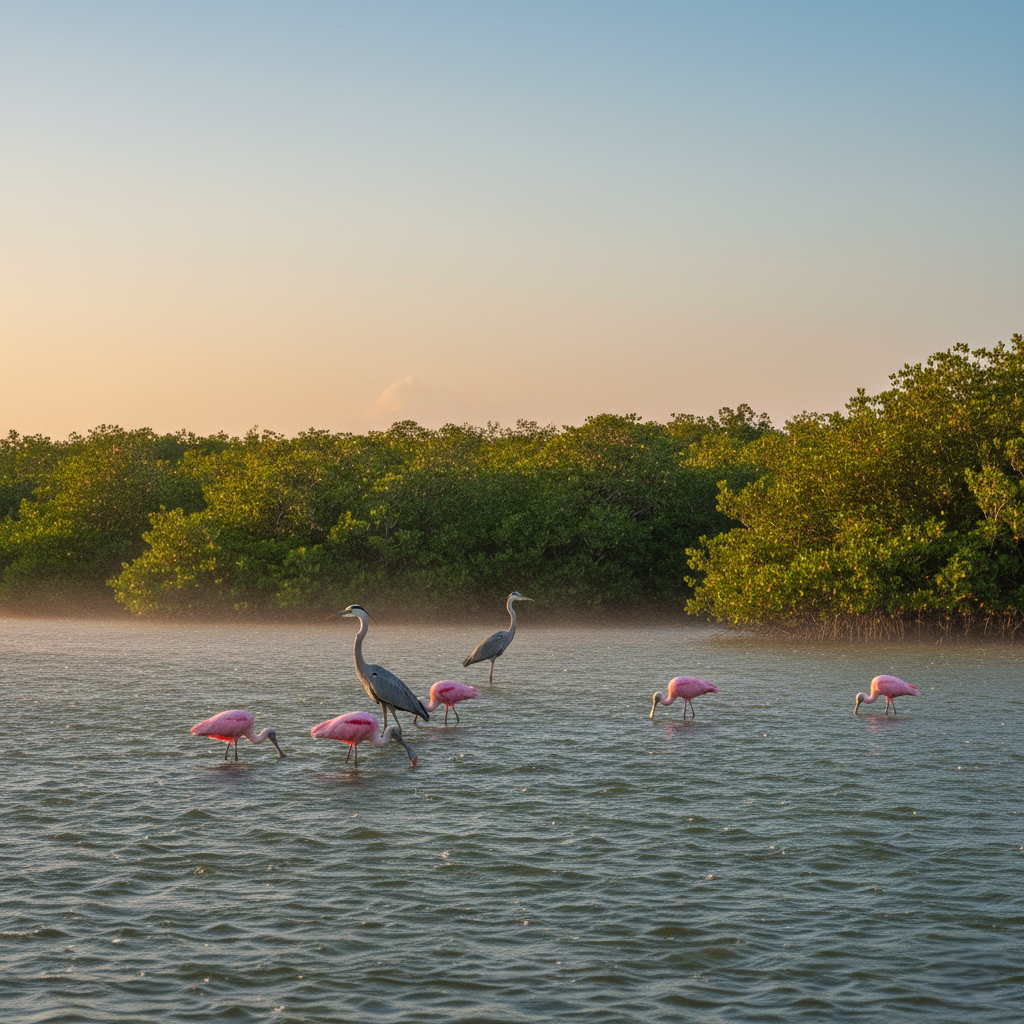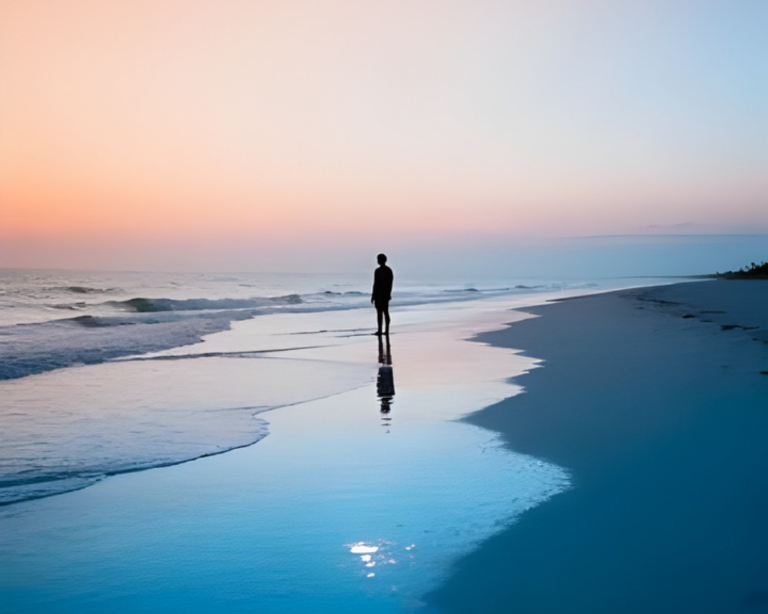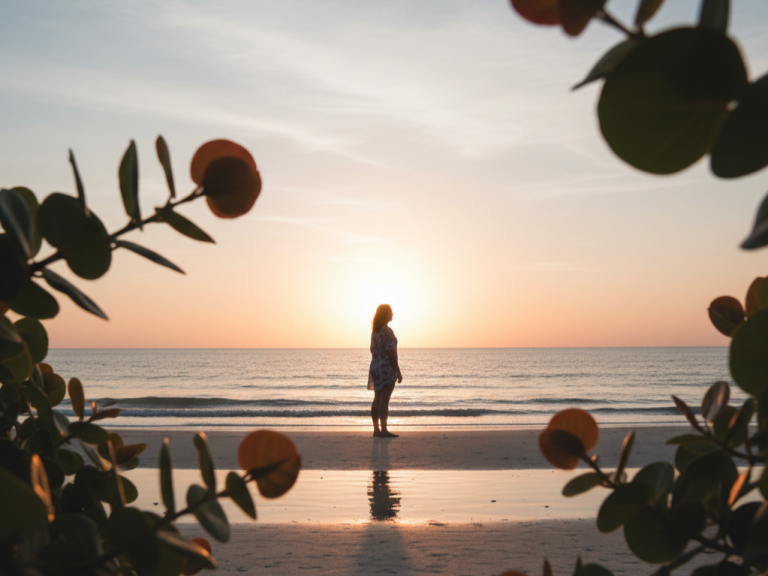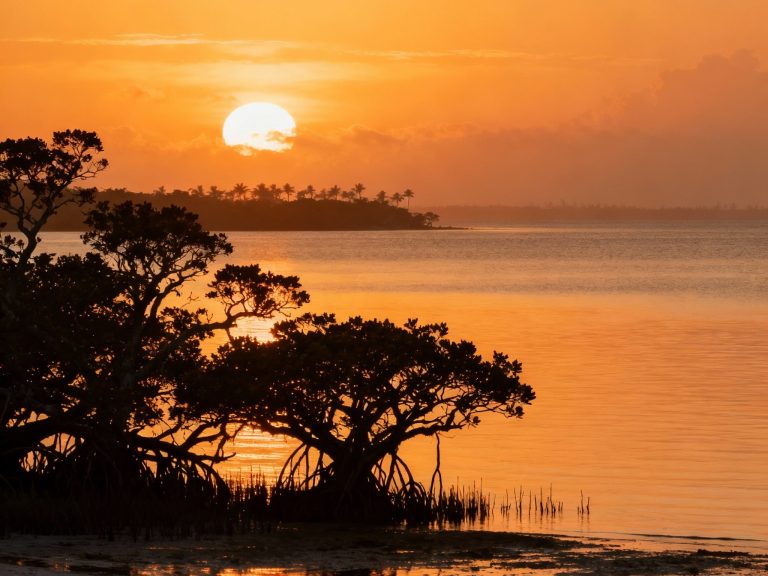Sanibel Island stands as one of the top biodiversity hotspots in the U.S., offering a unique blend of diverse ecosystems, abundant wildlife, and breathtaking natural beauty.
Sanibel Island is renowned for its extraordinary biodiversity, offering a rich blend of ecosystems that support a wide array of plant and animal species. From its pristine beaches to lush mangrove forests and tropical woodlands, the island provides a perfect environment for both local and migratory wildlife. Birdwatchers flock to Sanibel for its diverse bird species, including the majestic Great Egret and the vibrant Roseate Spoonbill. The island’s warm waters are also home to playful dolphins and gentle manatees, making it a haven for marine life. Whether you’re exploring the shorelines or the peaceful mangrove waters, Sanibel Island offers an unforgettable natural experience.
Sanibel as a Biodiversity Hotspot
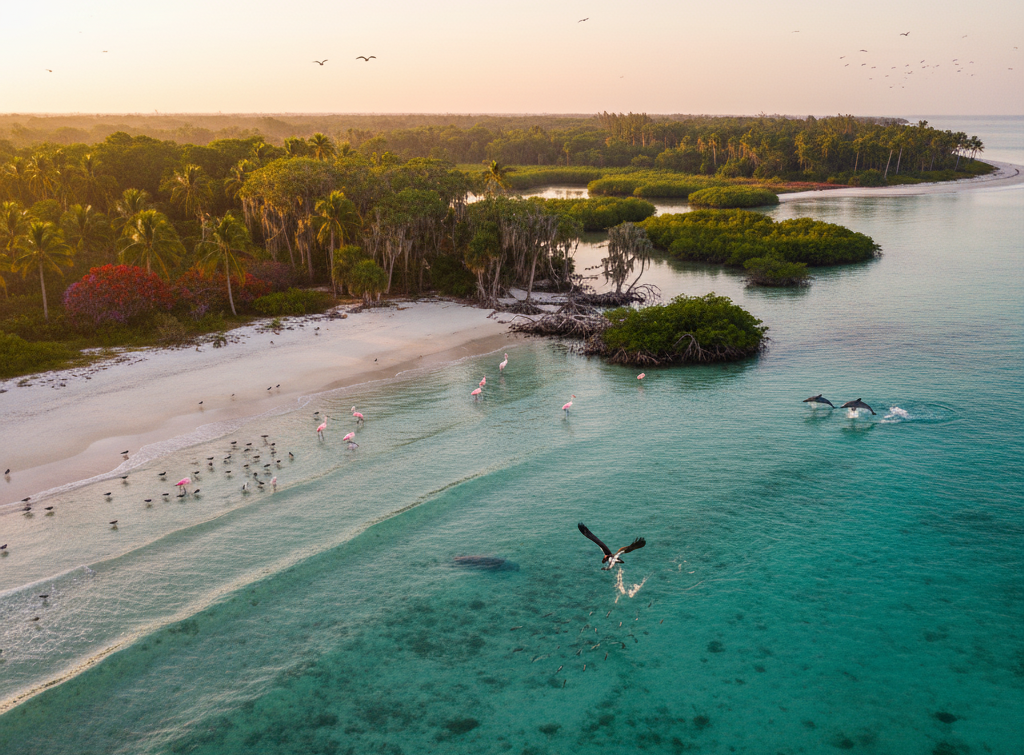
Sanibel Island is recognized as one of the top biodiversity hotspots in the United States, thanks to its diverse ecosystems that support a wide range of plant and animal species. From the sandy shores and mangrove forests to inland wetlands and tidal flats, Sanibel’s habitats provide a rich environment for wildlife to thrive. The island’s unique geographical location, along with its coastal proximity, creates an ideal setting for various ecosystems to flourish, offering both seasonal and year-round residents the resources they need to survive.
The island’s biodiversity is further enhanced by its position on a critical migratory path for birds. Sanibel is situated on the migratory flyway, making it a vital stopover for countless species of birds that travel across the United States. This migratory route allows Sanibel to host a dynamic population of both native and migratory birds, such as the Roseate Spoonbill and Osprey, contributing to its reputation as a birdwatching paradise.
Diverse Habitats of Sanibel Island – A Sanctuary for Wildlife
Sanibel Island’s unique ecosystems create the perfect conditions for a vast array of wildlife to thrive. From its pristine beaches to lush mangrove forests and protected wildlife refuges, each habitat plays a vital role in supporting both local and migratory species. In this section, we’ll explore the diverse habitats of Sanibel and how they contribute to the island’s rich biodiversity, making it a haven for nature lovers.
The Beaches and Waters – A Haven for Marine Life and Shelling
Sanibel Island is renowned for its stunning beaches, where visitors can enjoy the serene beauty of the coastline while exploring the rich marine life that inhabits its waters. The beaches are home to a variety of marine species, including fish, mollusks, and sea turtles, making it an ideal location for shelling enthusiasts. Sanibel’s beaches are often considered one of the best places in the world for collecting seashells, attracting thousands of visitors every year to this coastal paradise. With its calm waters and abundant marine life, the island’s beaches offer a perfect environment for both wildlife and humans to coexist in harmony.
Manatees and Dolphins
Manatees (also known as sea cows) and Dolphins are commonly spotted in the waters around Sanibel Island. These gentle marine mammals make the island’s waterways an exciting place for wildlife enthusiasts. Manatees are often seen in the warmer waters around Sanibel, especially during the winter months when they seek out the island’s coastal areas to stay warm. Dolphins, with their playful behavior, are frequently seen swimming near the shores and in the channels, delighting onlookers. Sanibel’s surrounding waters are vital habitats for these marine mammals, making the island a fantastic destination for eco-tourism and wildlife observation. Visitors can enjoy boat tours, kayaking, or simply relaxing by the shore, keeping an eye out for these iconic marine creatures.
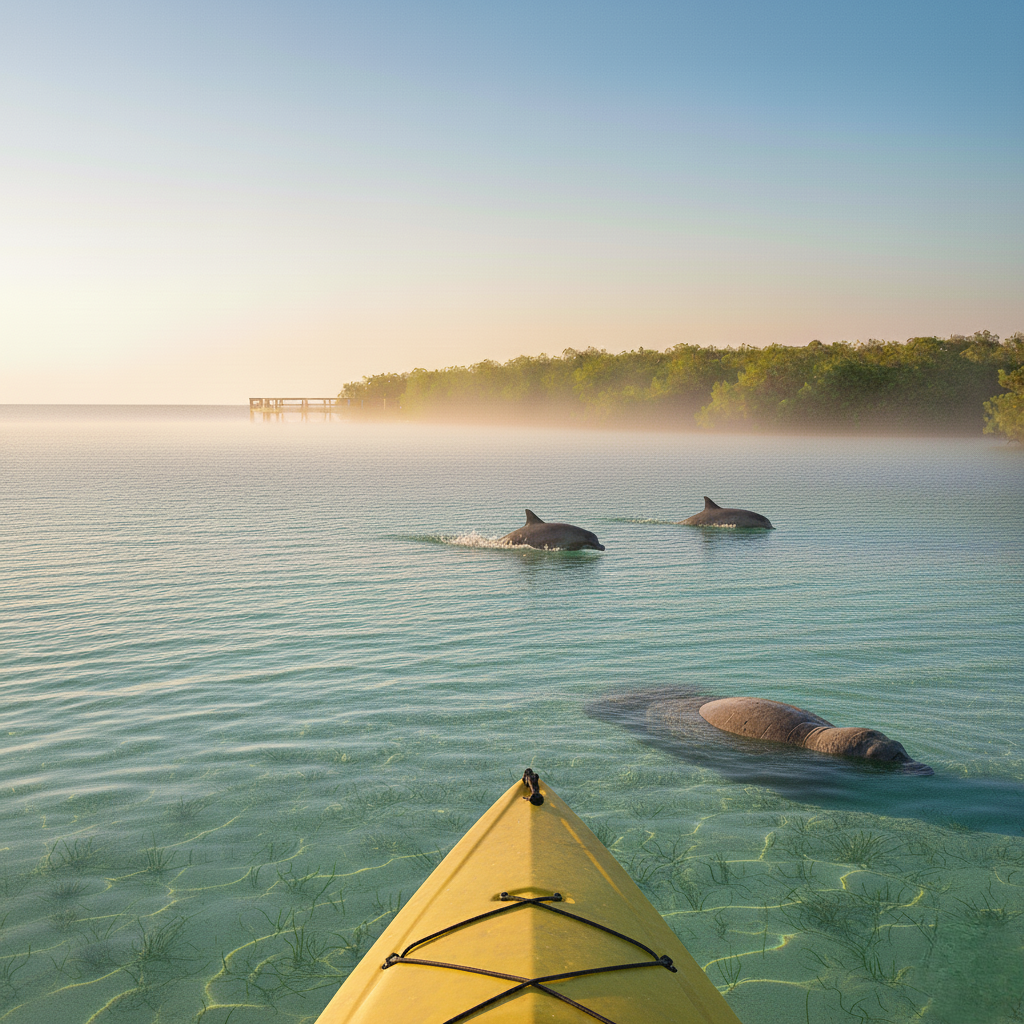
The Mangrove Forests – Vital Habitats for Birds and Marine Life
Sanibel Island’s mangrove forests serve as a crucial habitat for many species of birds and marine life. These coastal forests provide shelter and breeding grounds for a variety of wildlife, including juvenile fish, crabs, and other marine species. The mangroves also serve as a vital stopover for migrating birds, offering food and nesting sites for numerous avian species. Whether you’re birdwatching or exploring the quiet waters by kayak, the mangrove forests are a serene and vital part of the island’s diverse ecosystem.
Bird Species on Sanibel Island
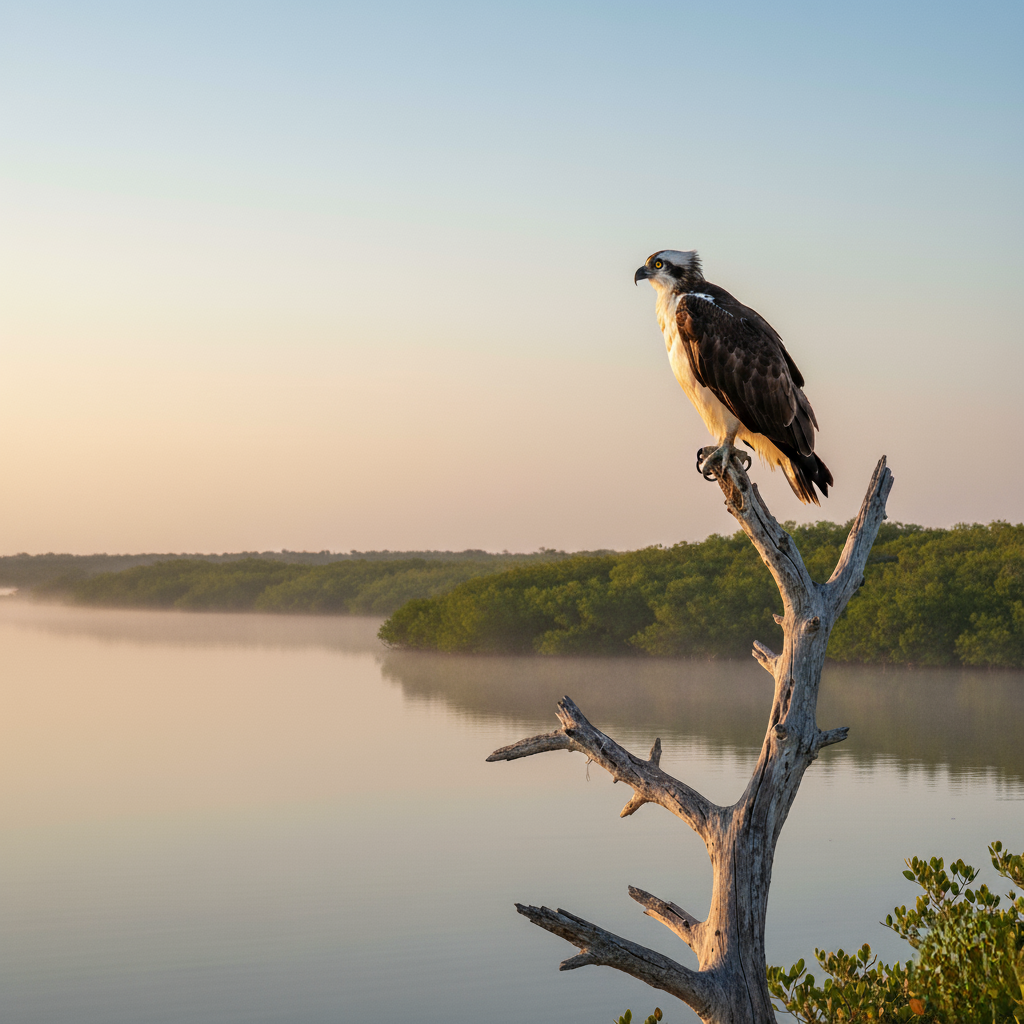
Sanibel Island is a popular destination for birdwatching due to its rich diversity of both migratory and local bird species. The island’s varied habitats, including beaches, wetlands, and forests, provide an ideal environment for a wide range of birds.
Some of the most commonly spotted species on Sanibel include:
- Great Egret
A majestic white bird with a long, slender neck, often seen hunting in shallow waters. - Roseate Spoonbill
Known for its vibrant pink feathers and distinctive spoon-shaped bill, this bird is a striking sight along Sanibel’s shores. - Snowy Egret
A smaller, elegant white heron with bright yellow feet, frequently seen hunting along the island’s beaches and shallow waters. - Osprey
A large bird of prey with striking dark eyes and white plumage, often spotted diving into the water to catch fish. - Bald Eagle
Though rare, the Bald Eagle can sometimes be seen in Sanibel’s wooded areas and wetlands, a symbol of strength and beauty.
Flora Diversity on Sanibel Island
Sanibel Island is not only a haven for wildlife, but it also boasts an impressive variety of plant species. The island’s diverse ecosystems, including its beaches, mangrove forests, and tropical woodlands, support a rich array of flora. Along the coastline, you’ll find seaside plants like sea oats and beach grass, which help protect the dunes from erosion. In the mangrove forests, the red, black, and white mangroves thrive, providing shelter for countless marine species. The tropical hardwood forests are home to native trees such as palm trees, oak trees, and pine trees, which contribute to the island’s lush green canopy. This wide range of plant life not only enhances the natural beauty of Sanibel Island but also plays a crucial role in sustaining its diverse animal population.

Conclusion: A Nature Lover’s Paradise
Sanibel Island is a unique paradise where the natural world thrives in harmony. From its diverse bird species and lush plant life to the playful dolphins and gentle manatees, the island offers a truly immersive experience in nature. Its varied ecosystems—ranging from beaches and mangroves to tropical forests—support an incredible range of wildlife, making Sanibel a hotspot for biodiversity and a sanctuary for both visitors and wildlife alike. Whether you’re a birdwatching enthusiast, a nature lover, or simply looking for a place to unwind in nature’s embrace, Sanibel Island has something special for everyone.

I’m Ayla Wolesky, and I’ve spent years exploring every corner of Sanibel Island. From its pristine beaches to the hidden gems only locals know about, I’m passionate about sharing everything this beautiful island has to offer. Whether it’s the best spots for shelling, the wildlife that makes Sanibel so special, or where to enjoy a perfect sunset, I’ve got you covered. My goal is to provide insider tips and up-to-date information that will help you experience Sanibel Island like never before.


